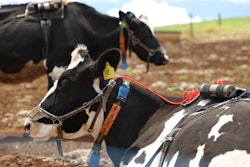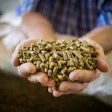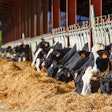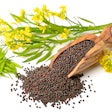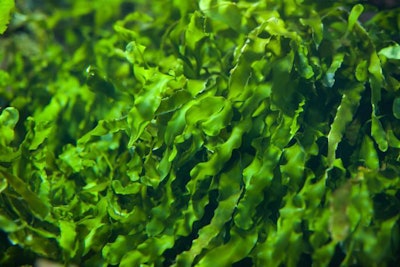
Norwegian project will grow seaweed for salmon feed in the same facility as the salmon
On land, farmers frequently grow crops or forage for animal feed on the same farm where the livestock is raised. A new project in Norway is testing whether the same setup could work for salmon and salmon feed.
The experimental farm will house salmon in the same industrial-scale sea farm in which the project partners plan to grow kelp. The idea is that waste nutrients from the salmon pens will fertilize the kelp, which in turn will be used to create feed for future generations of salmon. It should, in theory at least, reduce nutrient loss and make salmon farming overall more resource-efficient, according to Aleksander Handå, the project lead and a senior scientist with Norwegian research firm SINTEF.
Startup seaweed producer Folla Alger will own the project, and salmon farmer Cermaq and The Norwegian University for Science and Technology have joined the project as partners.
The research project will span six years and will involve evaluating the growth of the seaweed, and its performance as a feed ingredient in salmon diets. Seaweed is a difficult feed ingredient with limited applications because of its low lipid content, Handå said, but there is also some evidence that it could improve gut health at low inclusion rates.
It’s still too early to say whether growing the seaweed with the salmon will reduce operational costs, Handå said, but that’s part of the premise.
Growing the two products together could also help control pollution from large-scale salmon farms, he said, though this won’t be the focus of the SINTEF study. The firm and its partners are more interested in circular farming concepts and in the potential to make use of Norway’s extensive coast line to provide feed ingredients that aren’t reliant on international supply chains.
“Although seaweed cultivation is a huge industry globally, we have barely started in Norway, and we have quite a long coast line and available area, so this is something that is getting more and more interest,” Handå said.
But while SINTEF and its partners conduct these studies, Handå said the research farm will also be open to students, universities or private companies looking to experiment with combined salmon and seaweed farming.

